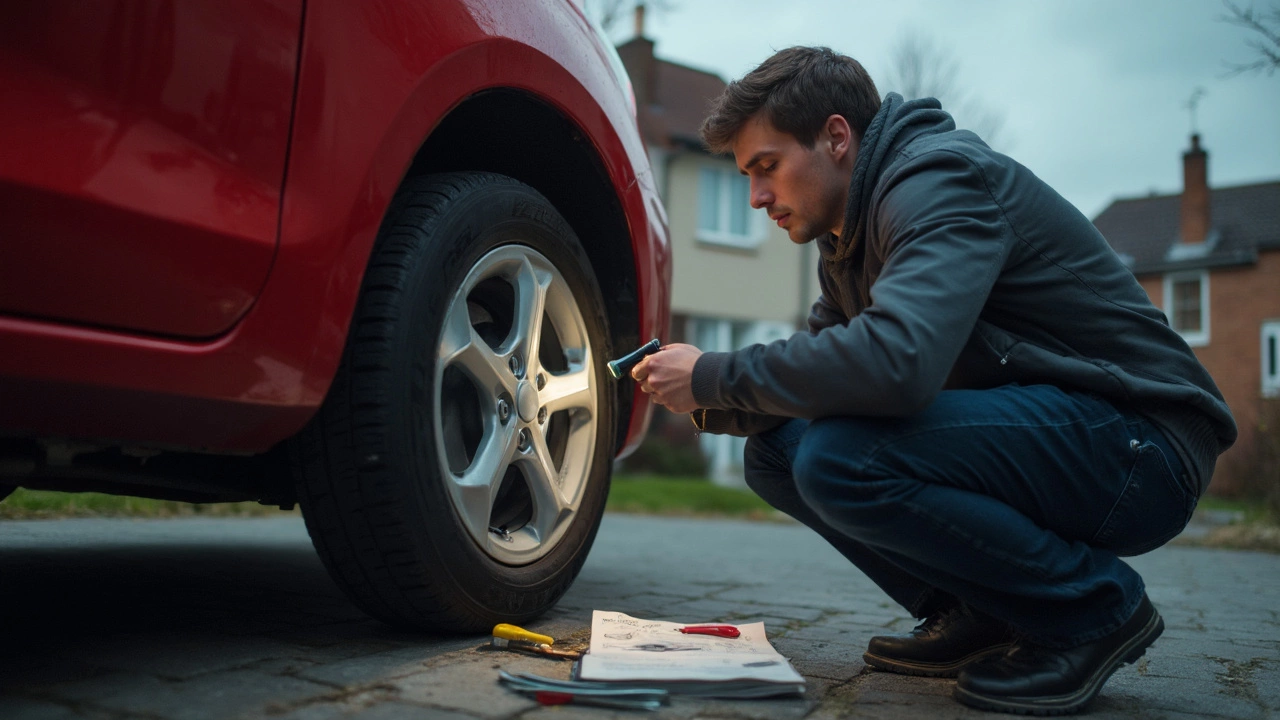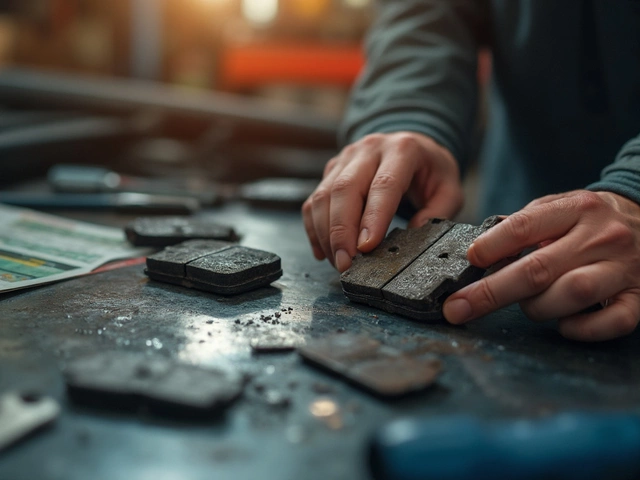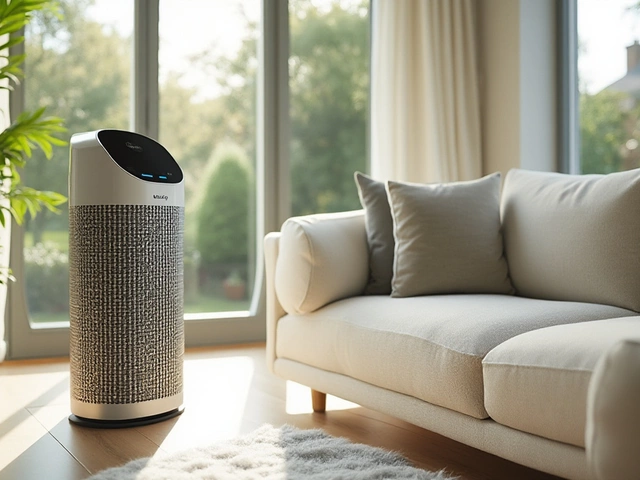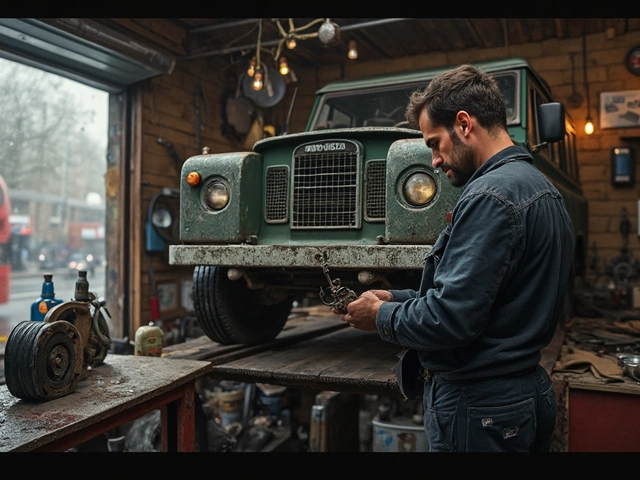Brake System Basics and How to Keep Yours in Top Shape
When you tap the pedal, you expect the car to stop fast and smoothly. That simple feeling comes from a lot of tiny parts working together – the brake system. If even one component is worn or out of adjustment, stopping distance can grow and safety drops. Below you’ll find the must‑know basics, quick self‑checks, and easy maintenance steps that keep your brakes reliable without breaking the bank.
What Makes Up a Brake System?
A typical car uses three main groups: the brake pedal and master cylinder, the hydraulic lines, and the brake hardware at each wheel (disc or drum, calipers or shoes, and pads or shoes). When you press the pedal, the master cylinder pushes brake fluid through the lines, forcing the calipers to squeeze the pads against the rotor. That friction slows the wheel. Because it’s a closed‑loop system, any air, leak, or worn part can soften the pedal feel and lengthen stopping distance.
Quick DIY Checks Before You Head to the Garage
1. Listen for squeal or grinding. A high‑pitched squeal usually means the wear indicator on the pad is touching the rotor – time for new pads. A low, metallic grind means the pad is gone and the metal is biting the rotor, which can damage it. 2. Feel the pedal. If it goes down to the floor or feels spongy, you might have air in the lines or a leak. A firm, short pedal travel is the norm. 3. Check pad thickness. Most pads have a minimum thickness of about 3 mm. If you can see less than that, replace them. 4. Inspect rotors. Look for deep grooves, rust spots, or a shiny glaze. Light surface rust is okay, but deep scoring can cause vibration. 5. Test for pulling. Drive on a straight road and apply the brakes. If the car pulls to one side, the corresponding brake might be sticking or the fluid balance could be off.
These checks take under ten minutes and can tell you whether a professional visit is urgent or just a routine service.
When to Replace Rear Brake Pads Only
One common question is whether it’s safe to change only the rear pads. The short answer: yes, if the front pads are still within spec and the car’s brake balance is good. However, you should always replace pads in pairs (both rear wheels) to keep the braking force even. After a rear‑only job, a quick brake fluid flush helps maintain proper pressure.
Skipping the front pads when they’re also worn can lead to uneven wear, longer stopping distances, and a harsh pedal feel. If you’re unsure, let a technician measure both sets before deciding.
Maintenance Tips to Extend Brake Life
• Keep the fluid fresh. Brake fluid absorbs moisture over time, which reduces boiling point and can cause internal corrosion. Replace it every two years or as your service schedule suggests.
• Avoid riding the brakes. Light, continuous pressure on a downhill slope heats the pads and rotors unnecessarily, speeding wear.
• Mind the weight. Carrying heavy loads or towing puts extra stress on the brakes. Check pad wear more often if you do this regularly.
• Use the right pad type. Premium ceramic pads last longer and produce less dust, but they’re pricier. For everyday commuting, a good semi‑metallic pad offers solid performance at a lower cost.
What to Expect at a Professional Brake Service
A full brake service usually includes pad and rotor inspection, brake fluid check, and a test drive. Technicians will look for hidden leaks, worn hardware, and uneven pad wear. If rotors are too thin or warped, they’ll recommend resurfacing or replacement. Most shops, including Northwich Tyres Centre, can handle everything from a simple pad swap to a complete system overhaul.
Remember, brakes are the most critical safety system on your car. Regular checks, timely pad changes, and fresh fluid keep you safe and your car stopping where you want it to. Got more questions? Browse our related articles below for deeper dives into rear brake pad replacement, brake fluid health, and DIY inspection tips.
 8 June 2025
8 June 2025
Brake Pads: How to Tell If They're Bad
Knowing when brake pads are bad can save you from scary moments on the road and expensive repairs. This article breaks down the warning signs that your brake pads need attention. You'll find out what noises, vibrations, and changes in brake feel really mean. We'll talk about why ignoring worn pads is risky and how to check them yourself. The tips here can help keep your ride safe and smooth.






0